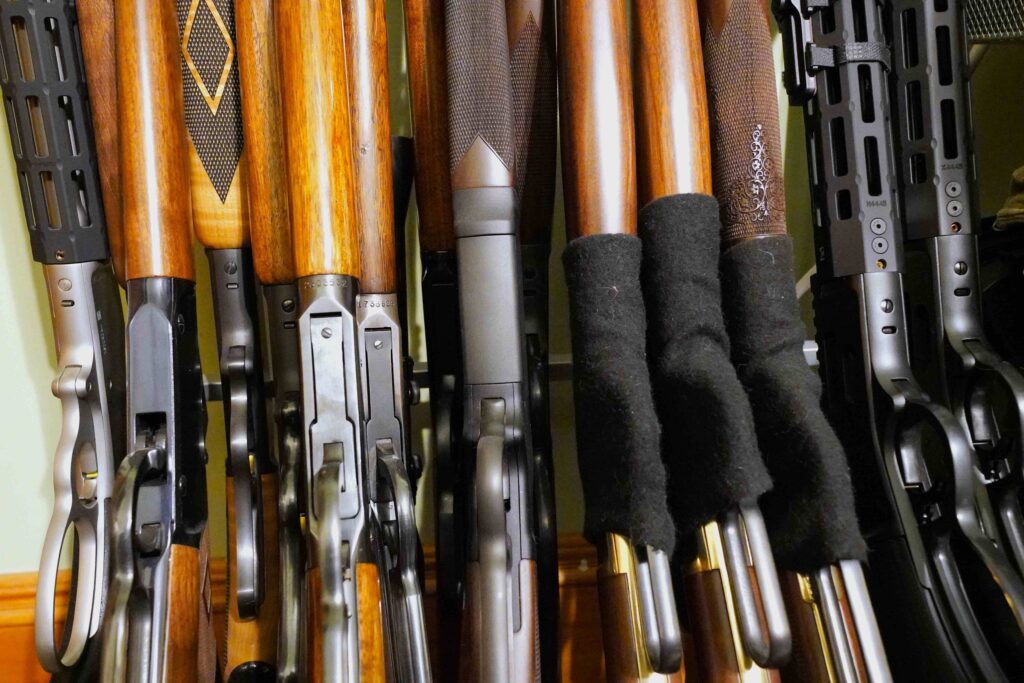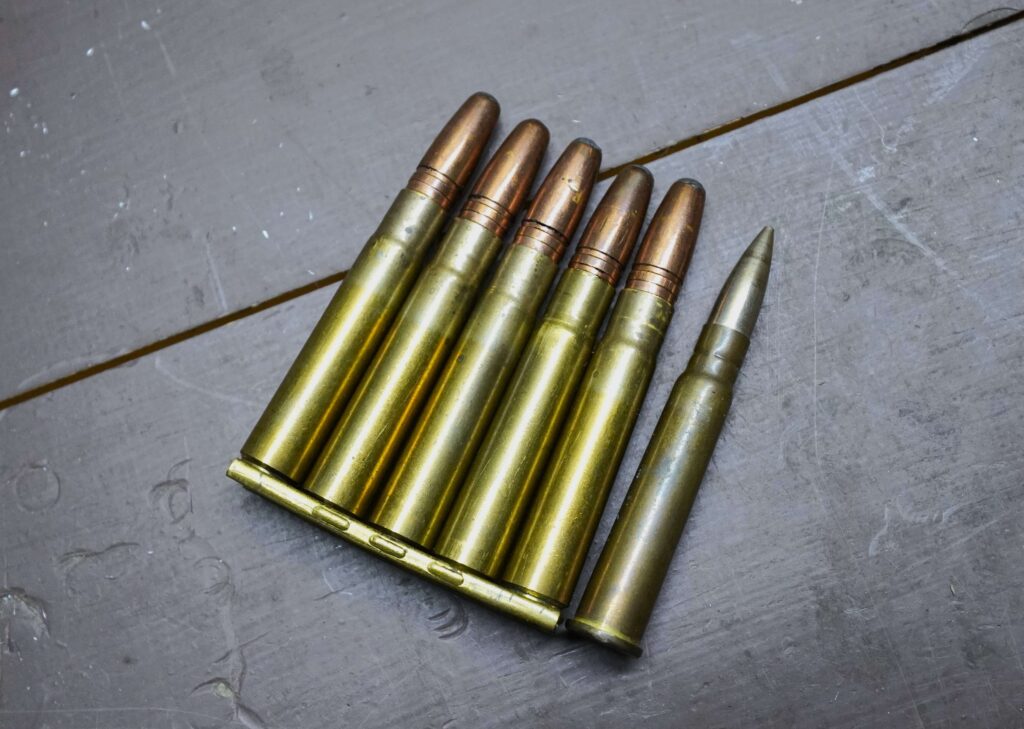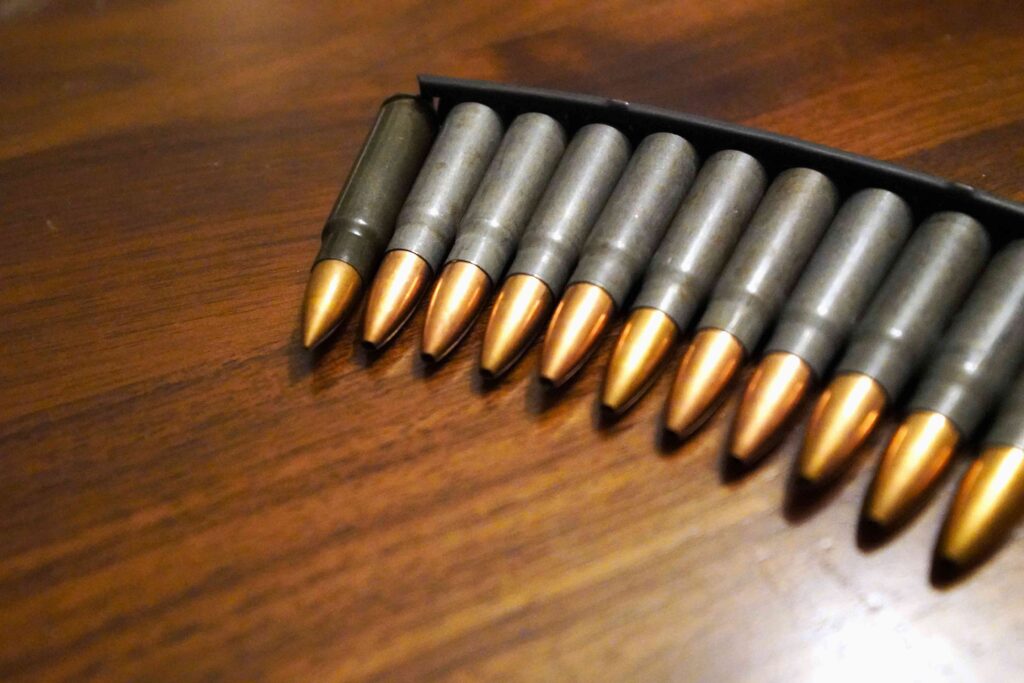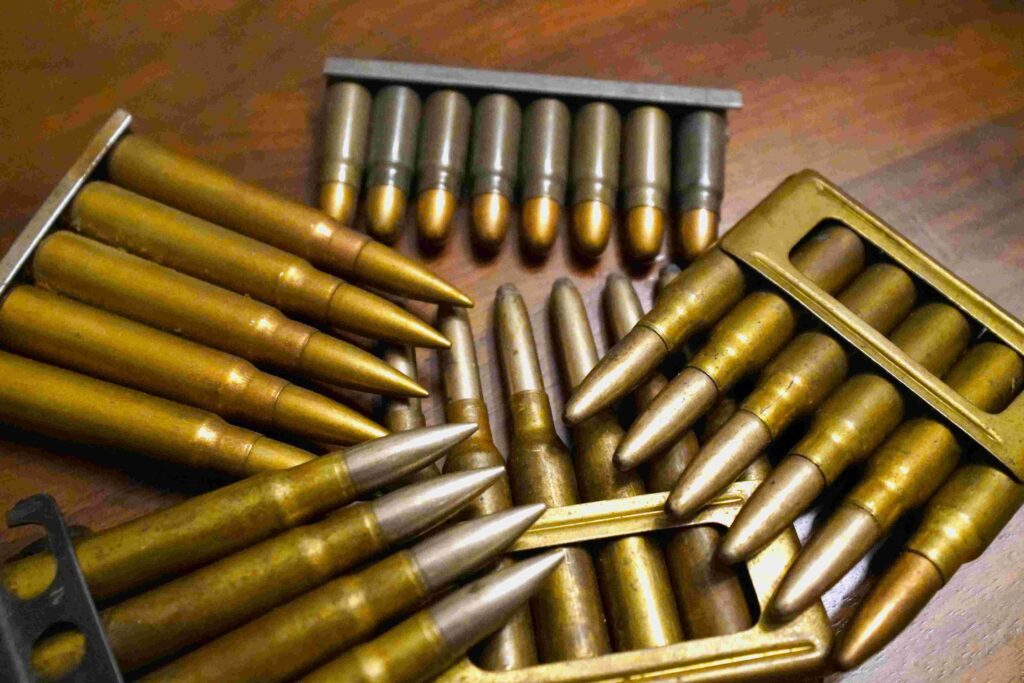
I’ve heard too often from people that they handload absolutely every caliber they own. I’m not opposed to this and think it’s a great skill to have. Sometimes the cost vs time benefit doesn’t appear to add up. Spending time to save a few cents on each round may only require spending an additional few dollars per every hour reloading. I’m not sure about you, but my time is much more valuable than the few pennies I might save; especially on a single stage or turret press.
There are many times when reloading will save a significant amount of money. Often, it’s because the ammunition is so overpriced due to a shortage or rarity that purchasing ammunition is akin to throwing the money out the window. So, what is the solution? Handloading of course!
Let’s look a bit deeper into the types of calibers that would not be a huge benefit to handloading. There would really be a list of common ammunition types that would have a significant run during times of political discourse. While this does change often, any caliber that reaches close to or over $1 per round, with today’s inflation, seems to benefit from temporary setups for fast reloading.
Common pistol calibers like 9mm and 45 ACP are versatile and extremely common rounds. That being said, it’s not the most cost effective to hand load. The price of projectiles, primers, and – if needed – brass does not outweigh the large amount of time it will take to load up 1000 rounds on a manual lever press. While progressives offer some relief, they will still fall short due to the time involved in setup and repeatedly refilling components.

9mm Makarov is a unique caliber that requires specialized projectiles. Because tooling time costs money, it’s hard to find and frequently less expensive to reload than buy
The most common rifle round in the U.S. is 223/556 and one of the first rounds I learned to reload on. Specialty loading for subsonic loads or ultimate accuracy really shines with handloading, but for the most part a user would be loading thousands of rounds at a time. With current pricing, is it worth utilizing your time? When ammunition prices skyrocket, loading 223/556 is absolutely worthwhile, so get prepared for this election season!

Repurposing brass from another caliber is always an option. Here we have 9.3×57 made from repurposed 8mm Mauser brass.
762×39 was one of the most common and affordable rounds until a few years ago. Because it was most commonly loaded with steel cases, reloading is extremely difficult, and brass is more expensive than expected. In addition, the firearms chambered in 7.62×39 are notoriously rough on brass.
Magnum loads like 357 and 44 may appear to be expensive but take much more powder than expected. It quickly adds up, especially with magnum specific primers. Instead of attempting to find enough powder and magnum primers, purchasing can save a lot of valuable time and frustration. Looking at it realistically, most firearms using magnum cartridges are revolvers and the number of rounds fired are far less than semi-automatic pistols.

Having only been made for a very short time, 7.62×45 is near impossible to find factory round. Outside of very limited milsurplus caches, reloading is the only option for your VZ52 rifle.
Now let’s look at some of the better options for handloading. While they may be more common or rare, the cost benefit is much larger that extremely common alternatives.
Milsurplus calibers have been and remain the most commonly handloaded calibers. With such a wide range of calibers used across all the militaries from the Boxer Rebellion forward. These can offer some unique chamberings near impossible to find in factory loads. 7.65 Argentine, 6.5 Jap, 7.5 Swiss, 762×45, 7.35 Carcano, and the like are very difficult to procure. Brass may be hard to come by but can be made from a wide range of alternatives.
Older hunting rounds like 30/30, 35 Remington, 32/20, 32 Special, and even 45 Colt demand a premium. Most of these premium calibers utilize projectiles, powder, and primers that are already used in other calibers. For example, 30.30 is a .308 projectile found in 308, 7.5 Swiss, 30/06 and many others; albeit a different grain weight. Likewise, 45 Colt can use 45ACP projectiles even though it has a diameter difference of .01.

Lee Precision, Lyman, Hornady, and RCBS made dies for nearly any caliber you need. If they don’t have it, often they will manufacture specialty dies.
Commonly found hunting rifle cartridges also demand a premium over target loads. 308, 30/06, 220 Swift, 300 Win Mag, and 6.5 Creedmoor can be quite expensive when adding soft point or hollow point projectiles best suited for hunting. Heavy grain weights mixed with a lot of powder add up to big bucks that can be brought down to a reasonable amount with alternative powders and grain weights best suited for a particular rifle.

Shown here is 7.62 Tokarev, 7.65 Argentine, 303 British, 6.5 Carcano, and 7.35 Carcano. While some of these calibers can be found in new factory production, some haven’t been newly manufactured in nearly 50 years.
Unique and pocket pistol ammunition are also odd and hard to find. For their size the cost is extraordinarily high. 25 ACP, 32 ACP, 7.62 Tokarev, and 7.62 Nagant are common caliber chamberings from the early 20th century which have dropped in popularity. Most have these calibers have been replaced with alternatives like the 9mm Luger or even 9mm Makarov; a nice compromise of all the calibers listed. That said, the ammunition is still pricey in factory loads. Likewise, unique calibers like 50 BMG are also hard to purchase at any sort of reasonable price. Sometime having a unique firearm has drawbacks.
Vintage calibers are surely impossible to find in modern factory loadings. It’s also an extensive list. When is the last time someone asked you if you’d like to shoot their 40/60 Maynard, 32 Ideal, or 250 Rook? These calibers just don’t exist in the modern market anymore and must be handloaded. There’s no way around this. Even finding brass in many of these cartridges is increasingly difficult.

Both rifle and pistol calibers for older cartridges are worth learning to reload. Calibers like 7.62 Tokarev may have been loaded for the PPSH, which may or may not be loaded too hot for firearms like the CZ52 pistol.
Precision loads are not specific to any calibers but are all encompassing. When a shooter finds something their rifle likes, they tend to stick with it. Precision loads can be manufactured but nothing beats a ladder test for ultimate accuracy. This is one time when the price point doesn’t matter, and extra time and care is given to manufacturing the best and most consistent rounds.
So now it comes down to you, the firearm enthusiast. Is your time more valuable being spent on manufacturing and handloading common rounds of ammunition or researching and restoring the firearms you already have in your possession? When I learned to reload, I was told that 9mm and 223/556 were far too common and inexpensive to reload. As we all know, during COVID the prices soared to unbelievable heights and reloading these calibers was the only option. If you have the right tools at your disposal, reloading can be extremely quick and effective. But that is a rarity, and other calibers are always difficult to find. The only solution here is to keep reloading them as much as you can!








